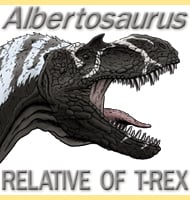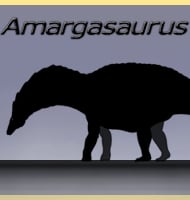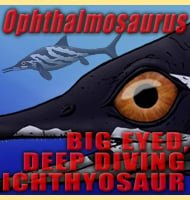In Depth
Although not as famous as Smilodon, Xenosmilus was nonetheless an exceptionally powerful Pleistocene era big cat that is estimated to have weighed between 230-400 kg. This estimate puts Xenosmilus within the same weight class as the largest species of Smilodon, and even though it was smaller, Xenosmilus would have been proportionately stronger for its size.
Xenosmilus had been placed within the Machairodontinae group of sabre-toothed cats, mainly because of the large forward canines. However the canines were not as long as they were in other species, although the teeth in general do seem to be more robust possibly indicating that prey was still alive and struggling when they were brought into use. However the immensely powerful build of Xenosmilus meant that it was capable of wrestling almost any prey to the ground with ease, suggesting that teeth breakage would not have to be risked.
Because Xenosmilus has a powerful short legged build associated with the dirk toothed cats combined with broad upper canines as seen in the scimitar tooth cats, its exact classification has been a subject of some confusion. It could be that Xenosmilus displays a link between the two cat groups, or alternatively the features of Xenosmilus are simply a freak case of convergent evolution.
Xenosmilus is estimated to have lived one million years ago during the Calabrian phase of the Pleistocene. However because only the two specimens from the same locale are known, the full temporal range of Xenosmilus in the fossil record cannot be established. However this placement does reveal that potential competition for Xenosmilus could have come from the earlier species of Smilodon, Dire wolves, and possibly the Dire wolf ancestor, Armbruster’s Wolf.
One of the prey animals chosen by Xenosmilus are peccaries, often referred to as New World Pigs. This is confirmed by the presence of numerous peccary bones found in association with the Xenosmilus remains, and during the Pleistocene peccaries would have provided an abundant food source.
Further Reading
– Three ways to be a saber-toothed cat. – Naturwissenschaften 87:41-44 – L. D. Martin, J. P. Babiarz, V. L. Naples & J. Hearst – 2000.










